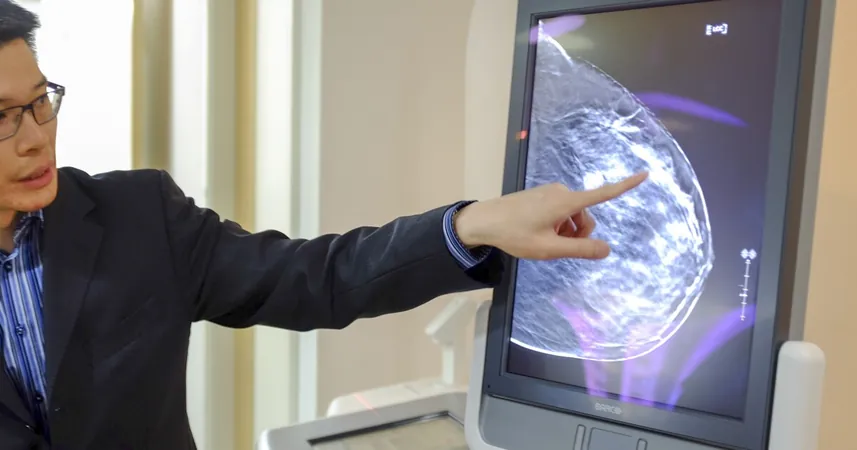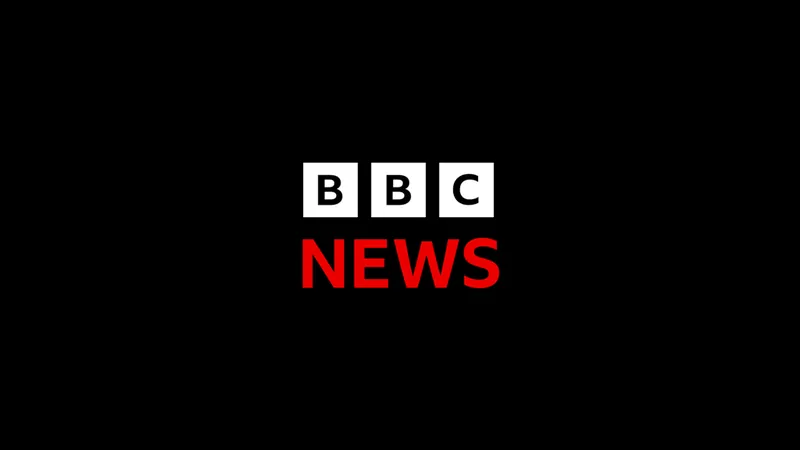
Revolutionizing Breast Cancer Screening: The Superiority of 3D Mammograms Over Traditional 2D Imaging!
2024-09-26
In a groundbreaking study published in Radiology, researchers have highlighted the significant advantages of three-dimensional (3D) mammography over conventional two-dimensional (2D) imaging, particularly for women with dense breast tissue. The findings suggest that 3D mammograms not only reduce the anxiety-inducing callbacks for additional testing but also have the potential to detect breast cancer at earlier, more treatable stages.
Lead researcher Dr. Liane Philpotts, a radiology professor at Yale School of Medicine, praised the advancements of digital breast tomosynthesis (DBT), stating, “It’s truly a game changer.” The advantages of this technology are manifold: lower recall rates, increased cancer detection, and a decrease in the prevalence of advanced cancers. In essence, DBT enhances the accuracy of mammography by providing multiple layers of images that allow radiologists to assess breast tissue with unprecedented clarity. This becomes especially crucial for women with dense breasts, who can often fall victim to misleading results from 2D screenings.
However, while encouraging evidence supports the efficacy of 3D mammograms, the study does not conclusively establish that this modern imaging method consistently identifies problematic cancers earlier than its predecessor. As noted by some experts, including a team of radiology professors from Korea University Guro Hospital, definitive conclusions will only emerge after a large-scale randomized controlled trial, expected to be completed by 2030. Until then, this new research offers “indirect evidence” that suggests improvements in survival outcomes for women undergoing DBT screenings.
The FDA recognized digital breast tomosynthesis as a legitimate imaging method in 2011, and as of October 2023, nearly 91% of mammography facilities in the U.S. have adopted at least one DBT system. A staggering 48% of all mammography machines across the nation now utilize this advanced technology, reflecting its growing acceptance in clinical practice.
The latest study evaluated nearly 240,000 3D mammograms and over 36,000 2D mammograms taken over 13 years. The analysis revealed that cancers were detected more effectively in the 3D radiology group, with only 7.2% needing further testing compared to 10.6% in the 2D group. The most significant revelation was that 3D mammograms diagnosed advanced cancers at a rate of 33%, compared to 44% with traditional methods. This suggests a promising potential to catch cancers at earlier and less severe stages.
Nonetheless, some experts, including Jeffrey Tice from the University of California, San Francisco, express skepticism regarding these findings. He notes that factors such as age and the timing between screenings weren’t adequately controlled for in the study. The crucial remaining question is whether 3D mammography truly identifies cancers that were destined to progress into advanced stages.
Despite ongoing debates, there’s consensus on one critical point: 3D mammography significantly reduces false positives, which can lead to unnecessary stress and additional tests for women, particularly younger patients with dense breast tissue. The precision of 3D imaging allows radiologists to avoid unnecessary follow-ups that often come with 2D mammogram results.
Dr. Philpotts advocates that women, especially those with denser breasts, should actively request 3D mammograms when possible. She emphasizes that additional tissue density can obscure the visibility of cancers, leading to potential misdiagnoses.
As research continues, the medical community eagerly anticipates the implications of these advanced screening technologies on breast cancer detection and patient outcomes. Breast cancer remains a leading health concern for women globally, so advancements like 3D mammography play a crucial role in improving screening efficacy and ultimately saving lives.


 Brasil (PT)
Brasil (PT)
 Canada (EN)
Canada (EN)
 Chile (ES)
Chile (ES)
 España (ES)
España (ES)
 France (FR)
France (FR)
 Hong Kong (EN)
Hong Kong (EN)
 Italia (IT)
Italia (IT)
 日本 (JA)
日本 (JA)
 Magyarország (HU)
Magyarország (HU)
 Norge (NO)
Norge (NO)
 Polska (PL)
Polska (PL)
 Schweiz (DE)
Schweiz (DE)
 Singapore (EN)
Singapore (EN)
 Sverige (SV)
Sverige (SV)
 Suomi (FI)
Suomi (FI)
 Türkiye (TR)
Türkiye (TR)